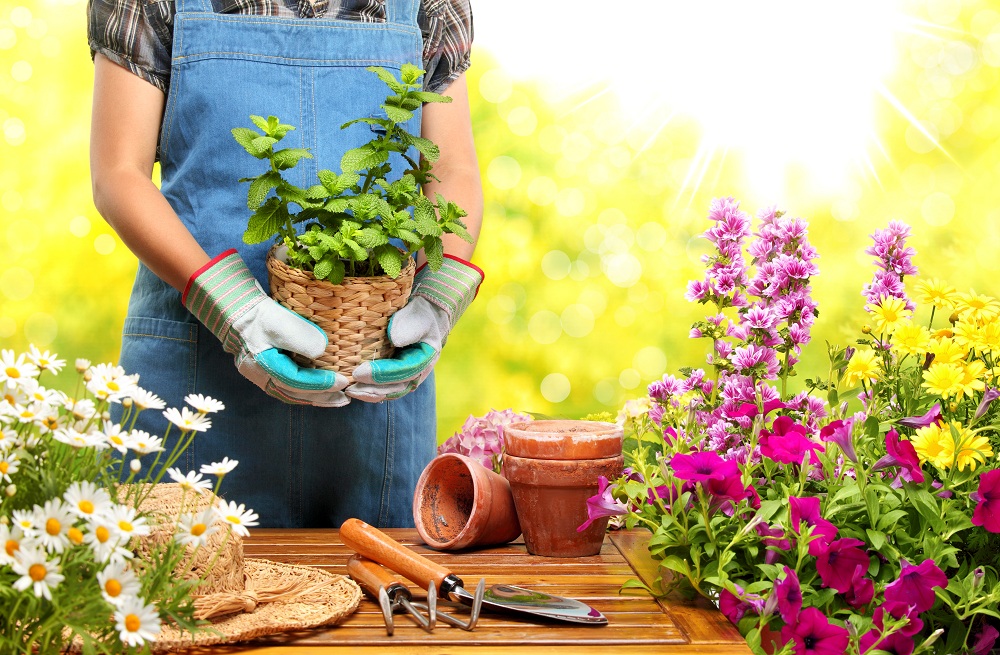Gardening has several benefits. One, you can get fresh produce. Two, it will help you exercise. And three, it will provide fresh air every day.
But before planting, you need to make several considerations, especially if you don’t have a green thumb. These considerations will help you decide whether you’ll go the traditional gardening route—the backyard tilling and planting—or go for outdoor greenhouse kits instead.
The following realities and expectations, as shared by first-time gardeners, are an eye-opener.
1. Weather
Expectation
The sun shines brightly throughout the day and sets peacefully at night. The plants get enough sunlight to grow healthy.
Reality
Either the sun is too hot and drying the plants up or the rain is heavy that it drowns the entire flora. Sometimes, you also get what you are expecting. Sometimes.
What you can do
You cannot really control the weather, but the climate in your area should give you an idea when is the best time to plant and which type of plant is ideal for your area. A climate map is recommended. But despite knowing the climate, there will still be occasional unexpected rain, too much humidity, or too much sunshine.
An alternative to controlling the weather is opting for a greenhouse. One of the advantages of a greenhouse is better temperature control. If it’s too hot or humid inside, you may open the door or the vents to let off some air.
Since the greenhouse is covered, you don’t need to worry about torrential rain or any unexpected showers.
2. Plants
Expectation
The plants you want to grow at home germinates healthily.
Reality
The plants are weather-dependent. If it’s too cold, they won’t grow. If it’s too hot, they will dry out.
What you can do

Know which plants can be planted in what season. The Royal Borough of Kensington and Chelsea published a guide of which plants are best for every season and what you can do each month in preparation.
You can also take the greenhouse route again. As previously mentioned, the temperature in a greenhouse may be controlled. Although planting a winter plant in summer in an outdoor environment may be a bit of a challenge, you need to add insulators, heaters, and ventilation.
The opposite is true when you want less warmth in summer. You’ll need vents, heat mats, fans, and cooling sheets. Either way, you should have a thermometer in a greenhouse, so you can easily monitor the temperature inside.
3. Pests and Predators
Expectation
A scarecrow is enough to ward off unwanted visitors or pests. Maybe scarecrow is too much, but organic bug sprays will do the job.
Reality
Bugs are not the only nemesis. There’s your dog who loves tomatoes more than you. There are birds that eat bush beans, too.
What you can do
You can create a protective barrier all over your garden, spray your plants regularly, or just build a greenhouse. Greenhouses are, by default, walled, so your pets won’t be able to get in your plants without your knowledge. Birds and bugs will have a hard time getting in as well unless you leave the door open. There will still be pests and predators for sure, but you can minimize them since the walls of the greenhouse will keep them off.
Each option has its pros and cons, but for newbies who don’t have much knowledge and time to maintain a garden, the greenhouse is the way to go. It helps regulate temperature, prolong the season for the plant you want, and keep the pests off.

